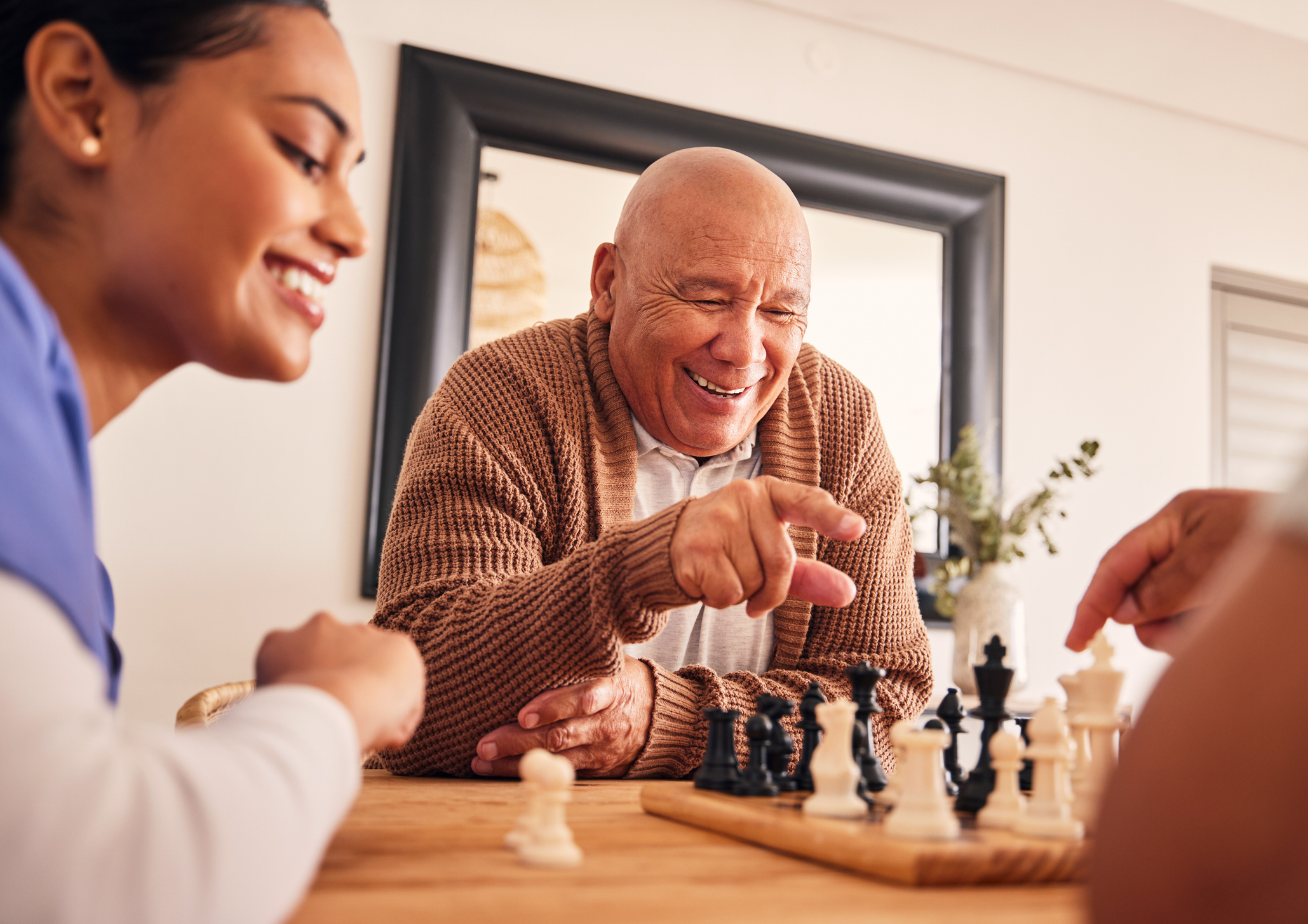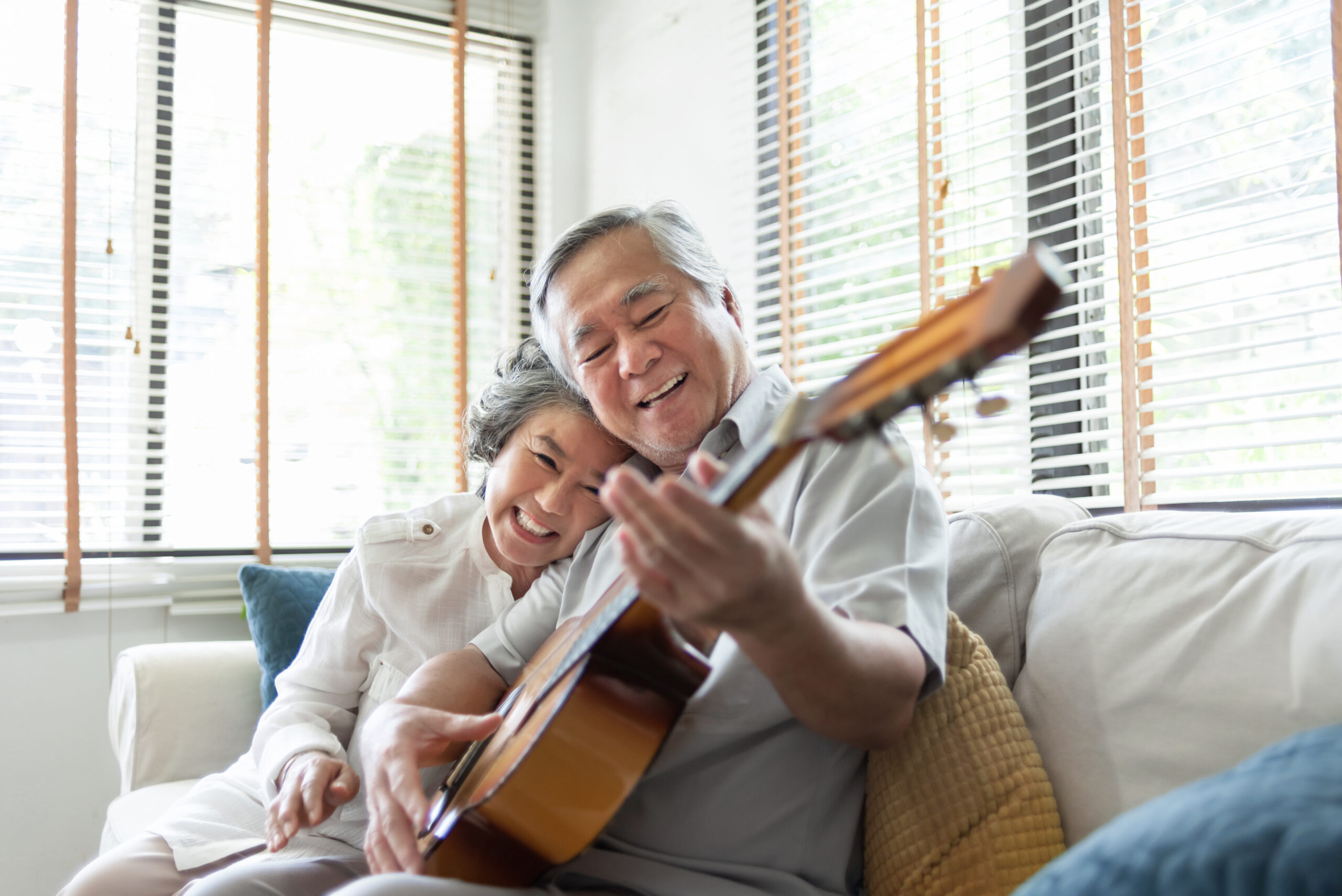As we age, the need to focus on our cognitive health becomes critical. Fortunately, new research has found a new weapon in the fight against cognitive decline: physical exercise.It may sound obvious, yet the number of individuals who aren't getting adequate physical activity is only growing. For seniors, being active isn’t just about physical health – it’s the key to a sharp mind.When we can help older adults find creative ways to add physical activity to their daily routine, we can help them enjoy a healthier lifestyle while boosting their mental health and acuity!
What Does The Science Say?
Naturally, we should look at the science behind any impressive claims to make sure that they stack up.The link between exercise and brain health isn’t just a myth. There’s a mountain of scientific evidence that regular exercise can benefit brain health in older adults:- A 2024 meta-analysis in Frontiers in Sports and Active Living found that combined exercise (aerobic + strength training) has a significant positive effect on overall cognition and executive function in seniors.
- Adults who were more active had a 38% lower risk of cognitive decline in follow-up years. Even low to moderate activity had a 35% lower risk.
- Specific cognitive domains like episodic memory and verbal fluency show improvement with regular exercise.
How Exercise Rewires the Brain
Exercise doesn’t just improve cognition – it changes the brain itself in unique ways. And it’s not only for young adults in their prime; even older adults who take part in a bit of physical activity every day can see impressive results in their mental health:- A randomized controlled trial found that exercise can increase the size of certain areas of the brain that are important for memory and learning and improve spatial memory.
- Highly-fit seniors show brain activity patterns similar to younger adults during complex tasks, so fitness can actually modify age-related brain changes.
What Kind of Exercise Helps Cognitive Health?
Not all exercise is equal when it comes to brain health. Research says a combination of aerobic and strength training is best:- Moderate-intensity aerobic exercise and strength exercise should be prioritized most days of the week.
- Activities that increase the heart rate and lung capacity are excellent options, such as jogging or walking daily.
- Strength exercises should target major muscle groups and include resistance training with weights or body weight (like push-ups or squats).
10 Fun Ways for Seniors to Get Active with Home Care
The benefits of exercise for seniors are clear – but how can you go about helping individuals get active? Daily fitness doesn’t have to be boring, and the right home care partner can help with some pretty creative ideas!- Dance Party Workouts: Put on some favorite music and have a dance party in the living room. Caregivers can join in and make it a social activity that gets the heart rate up.
- Garden Fitness: Gardening is a low-impact workout. With home care services, seniors can water plants, do some light digging, or prune shrubs, all of which are gentle exercises.
- Wii Sports or VR Games: Video games like VR headsets offer fun and interactive ways to simulate sports and physical activities. Caregivers can help set up and supervise for safety.
- Seated Exercises with Household Items: Use canned goods as weights or stretch with a towel. These exercises can be done while watching TV or listening to a book.
- Pet Playtime: For seniors with pets, playtime is exercise time. Throw a ball for a dog or use a laser pointer for a cat and get some gentle movement and stretching.
- Aqua Aerobics: Transitional services can take seniors to a local pool for water exercises, which are great for joint health and overall fitness.
- Nature Scavenger Hunt: Create a list of items to find on a walk around the neighborhood or in a nearby park. This combines gentle exercise with mental stimulation.
- Balloon Volleyball: Play a game of volleyball using a balloon instead of a ball. This can be done seated or standing, making it adaptable to different mobility levels.
- Tai Chi or Gentle Yoga: Caregivers can guide seniors through simple Tai Chi movements or yoga poses focusing on balance, flexibility, and breathing.
How Home Care Services Can Help Seniors Stay Active
For many seniors, starting and maintaining an exercise routine can be hard. 24-hour live-in care services can provide the support and motivation to keep older adults active and engaged:- Caregivers can work with seniors and their healthcare providers to create safe and effective exercise routines tailored to individual needs and abilities.
- Having a caregiver with them can provide the motivation and company to stick to an exercise program. Whether it’s a daily walk around the block or a gentle yoga session at home, having someone with them makes it more enjoyable and sustainable.
- Home care services ensure seniors can exercise safely, reducing the risk of falls or injuries that could set them back.
- Transitional services can take seniors to group exercise classes, swimming at a local pool, or to the gym, so they have more options to stay active.
- Caregivers can help seniors find ways to increase physical activity throughout the day, from gardening to household chores, so exercise becomes part of daily routines.
- With home care services seniors can track their exercise routines and cognitive improvements so they can see the progress and be motivated to keep going.
It’s Time For A Whole Life Approach to Senior Health
The link between physical exercise and brain health in seniors is clear. By consistently exercising, adults can improve their brain function and memory and reduce the risk of cognitive decline.Home care services are a key part of this process, providing the support, motivation, and practical help to keep seniors active and engaged. From personalized exercise plans to transport to fitness activities, these services can make a big difference to the brain health and overall well-being of older adults.Don’t wait; start now! With the right support and by staying active, seniors can keep their minds sharp and bodies strong and live a more active and independent life.Research:- https://www.frontiersin.org/journals/sports-and-active-living/articles/10.3389/fspor.2024.1368593/full
- https://www.acsm.org/blog-detail/acsm-blog/2022/05/20/cognitive-benefits-physical-activity-older-adults
- https://www.ncbi.nlm.nih.gov/pmc/articles/PMC9858649/
- https://www.nature.com/articles/s41598-022-06725-3
- https://news.utdallas.edu/health-medicine/cardio-fitness-cognitive-health-2023/




